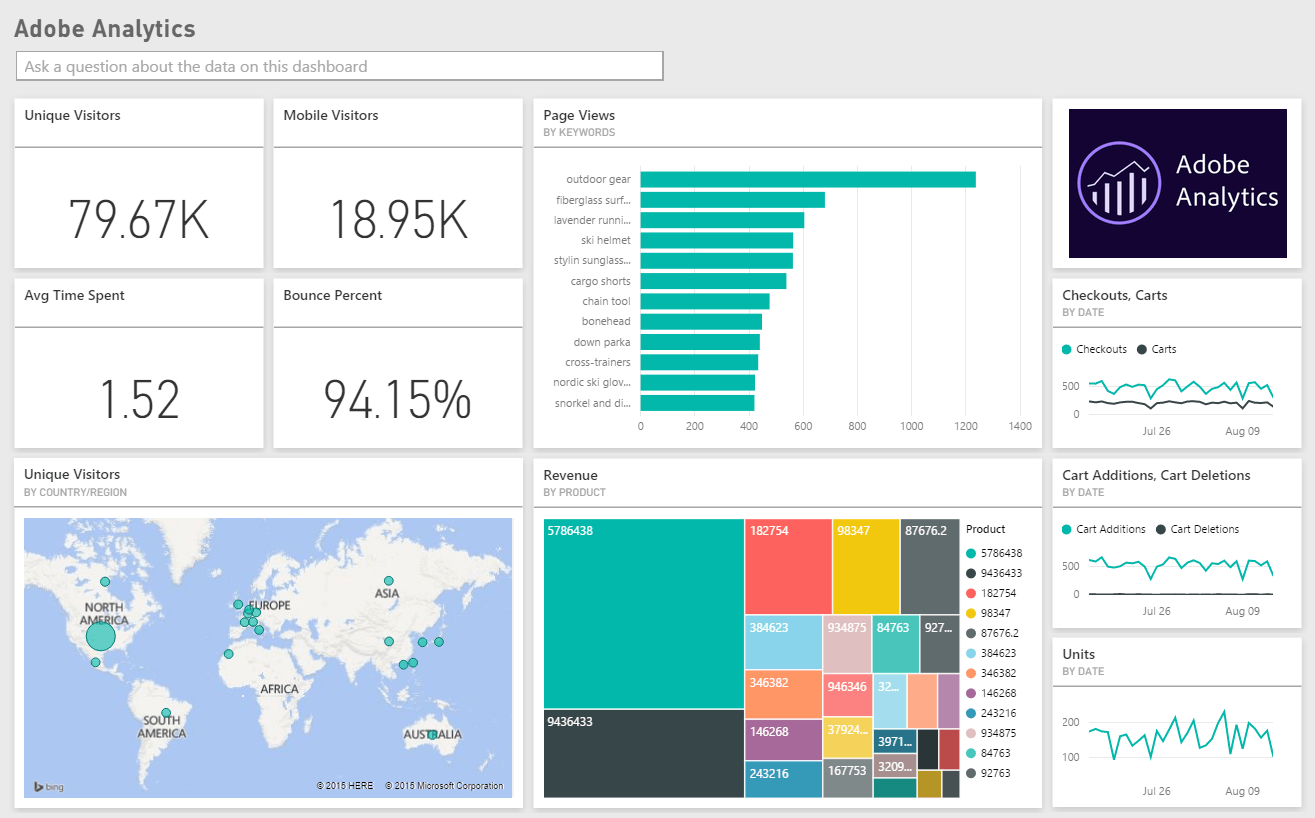Adobe Advertising Cloud: Complete Buyer's Guide
Enterprise-focused AI-powered advertising platform
Adobe Advertising Cloud is an enterprise-focused AI-powered advertising platform that integrates demand-side platform (DSP) capabilities, search optimization, and creative automation within Adobe's broader Experience Cloud ecosystem. The platform leverages Adobe Sensei AI to deliver automated bid optimization, cross-channel budget allocation, and dynamic creative personalization at scale.
Market Position & Maturity
Market Standing
Adobe Advertising Cloud occupies a strategic position in the enterprise advertising technology market, competing directly with specialized solutions like The Trade Desk for programmatic advertising and Google Ads for search optimization. Adobe's differentiation strategy focuses on ecosystem integration rather than channel-specific dominance, targeting large organizations seeking operational efficiency through unified advertising and analytics operations.
Company Maturity
The platform's market maturity reflects Adobe's broader enterprise software positioning, with established customer relationships across telecommunications, financial services, and retail sectors.
Growth Trajectory
Market evolution shows algorithmically enabled ad spend may reach 79% of total budgets by 2027[20], positioning Adobe advantageously for organizations preparing for AI-driven advertising transformation.
Industry Recognition
Industry recognition comes through customer implementations rather than third-party awards, with documented success stories across multiple verticals providing market validation.
Strategic Partnerships
Adobe's strategic partnerships and enterprise relationships demonstrate market credibility, though specific market share data requires verification through current industry analysis.
Longevity Assessment
The company's financial stability and continued investment in AI capabilities through Adobe Sensei provide confidence in long-term platform viability.
Proof of Capabilities
Customer Evidence
Telenor achieved 144% return on ad spend through AI bid optimization, showcasing the platform's ability to deliver substantial performance improvements for telecommunications enterprises managing complex multi-channel campaigns. Mobiles.co.uk reported improved ad spend efficiency through autonomous budget redistribution, validating the platform's cross-channel optimization capabilities in competitive retail environments. National Bank of Canada realized a 30% reduction in cost-per-optimization through integrated audience segmentation, demonstrating measurable cost efficiency gains for financial services organizations with sophisticated targeting requirements.
Quantified Outcomes
Pitney Bowes documented substantial returns from Adobe's broader ecosystem integration, achieving 198% ROI from reduced manual review processes[48].
Case Study Analysis
Customer adoption patterns reveal strongest results for enterprises already using Adobe Experience Cloud, where ecosystem integration delivers immediate operational benefits.
Market Validation
Market validation emerges through customer retention and expansion within Adobe's existing enterprise customer base.
Competitive Wins
Competitive wins demonstrate Adobe's positioning against specialized alternatives. While The Trade Desk provides superior programmatic advertising features and Google Ads delivers deeper search optimization, Adobe's integrated approach creates operational advantages for organizations prioritizing unified campaign management over channel-specific excellence.
Reference Customers
Reference customers span large enterprises across telecommunications, finance, and retail sectors, with documented implementations providing verifiable proof of platform capabilities.
AI Technology
Adobe Advertising Cloud's technical foundation centers on Adobe Sensei AI, which processes campaign data in real-time to deliver automated bid optimization, cross-channel budget allocation, and dynamic creative personalization.
Architecture
The system's architecture emphasizes cross-channel optimization capabilities that enable unified campaign management across display, search, and social channels, distinguishing Adobe's approach from single-channel solutions.
Primary Competitors
The Trade Desk for programmatic advertising and Google Ads for search optimization.
Competitive Advantages
Competitive advantages center on native integration with Adobe Analytics and Real-Time CDP[46], creating operational efficiencies unavailable from standalone solutions.
Market Positioning
Adobe occupies the middle ground, offering integrated capabilities across channels while potentially sacrificing specialized depth.
Win/Loss Scenarios
Win scenarios favor Adobe when ecosystem integration provides substantial operational value, typically in organizations already using multiple Adobe products with complex, multi-channel campaigns requiring unified measurement and optimization. Loss scenarios occur when organizations prioritize specialized functionality, rapid deployment timelines, or cost optimization over comprehensive integration.
Key Features

Pros & Cons
Use Cases
Featured In Articles
Comprehensive analysis of AI Ad Spend Optimization for AI Marketing & Advertising for AI Marketing & Advertising professionals. Expert evaluation of features, pricing, and implementation.
How We Researched This Guide
About This Guide: This comprehensive analysis is based on extensive competitive intelligence and real-world implementation data from leading AI vendors. StayModern updates this guide quarterly to reflect market developments and vendor performance changes.
57+ verified sources per analysis including official documentation, customer reviews, analyst reports, and industry publications.
- • Vendor documentation & whitepapers
- • Customer testimonials & case studies
- • Third-party analyst assessments
- • Industry benchmarking reports
Standardized assessment framework across 8 key dimensions for objective comparison.
- • Technology capabilities & architecture
- • Market position & customer evidence
- • Implementation experience & support
- • Pricing value & competitive position
Research is refreshed every 90 days to capture market changes and new vendor capabilities.
- • New product releases & features
- • Market positioning changes
- • Customer feedback integration
- • Competitive landscape shifts
Every claim is source-linked with direct citations to original materials for verification.
- • Clickable citation links
- • Original source attribution
- • Date stamps for currency
- • Quality score validation
Analysis follows systematic research protocols with consistent evaluation frameworks.
- • Standardized assessment criteria
- • Multi-source verification process
- • Consistent evaluation methodology
- • Quality assurance protocols
Buyer-focused analysis with transparent methodology and factual accuracy commitment.
- • Objective comparative analysis
- • Transparent research methodology
- • Factual accuracy commitment
- • Continuous quality improvement
Quality Commitment: If you find any inaccuracies in our analysis on this page, please contact us at research@staymodern.ai. We're committed to maintaining the highest standards of research integrity and will investigate and correct any issues promptly.